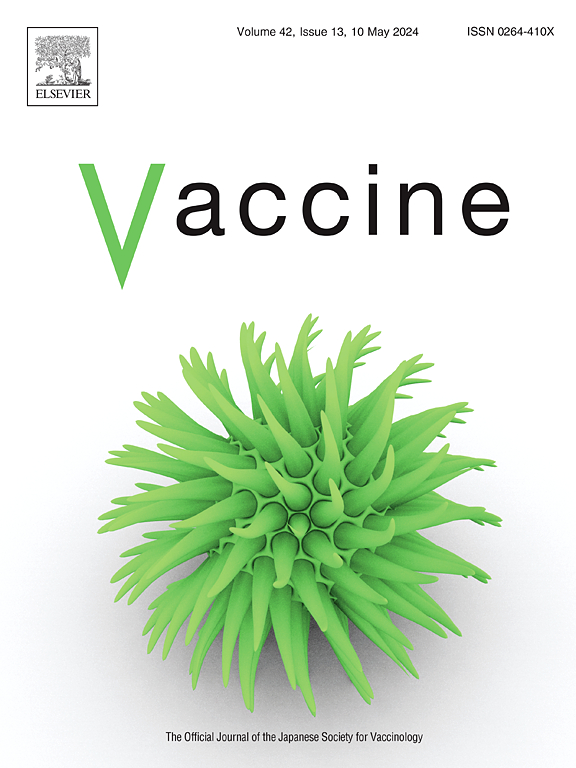社交媒体的使用及其对HPV疫苗犹豫的影响:2023年美国青少年母亲全国在线调查
IF 4.5
3区 医学
Q2 IMMUNOLOGY
引用次数: 0
摘要
目的:探讨青少年母亲对社交媒体的使用情况及社交媒体对HPV疫苗犹豫的影响。方法:于2023年8月对9-17岁青少年的母亲进行了一项全国性的在线调查,参与者来自美国居民的在线研究小组。该研究调查了社会人口因素、社交媒体使用模式、社交媒体的影响及其与HPV疫苗犹豫的关系。结果:调查样本包括3968名青少年母亲。特别是在社交媒体变量中,多变量分析显示Facebook影响与HPV疫苗犹豫呈负相关(β = -0.016, 95%置信区间[CI] = (-0.029, -0.003), p = 0.019),而社交媒体信息的不确定性(准确性)(β = 0.067, 95% CI = (0.021, 0.113), p = 0.004)与疫苗犹豫增加相关。日常使用社交媒体平台的数量或其他平台的影响没有发现显著关联。讨论:我们的研究结果强调了社交媒体信息的不确定性及其对父母HPV疫苗犹豫的影响。我们的研究结果还强调了卫生保健提供者在减少临床接触中疫苗犹豫方面的潜在作用。未来的研究需要更好地了解有效的社交媒体传播干预措施的要素(内容、方法、平台),以减少美国青少年的疫苗犹豫和提高HPV疫苗接种率。本文章由计算机程序翻译,如有差异,请以英文原文为准。
Use of social media and its influence on HPV vaccine hesitancy: US National Online Survey of mothers of adolescents, 2023
Purpose
Explore mothers of adolescents' use of social media and the influence of social media on hesitancy regarding HPV vaccine.
Methods
A national online survey of mothers of adolescents aged 9–17 years was conducted in August 2023, with participants recruited from an online research panel of US residents. The study examined socio-demographic factors, social media use patterns, and influence of social media and their association with HPV vaccine hesitancy.
Results
Survey sample included 3968 mothers of adolescents. Specifically among the social media variables, multivariable analysis revealed that Facebook influence was negatively associated with HPV vaccine hesitancy (β = −0.016, 95 % confidence interval [CI] = (−0.029, −0.003), p = 0.019), while uncertainty about social media messages (veracity) (β = 0.067, 95 % CI = (0.021, 0.113), p = 0.004) were associated with increased vaccine hesitancy. No significant associations were found with the number of daily-used social media platforms or influence from other platforms.
Discussion
Our findings highlight the impact of uncertainty about social media messages and its effect on parents' HPV vaccine hesitancy. Our findings also highlight the potential role of health care providers in reducing vaccine hesitancy during clinical encounters. Future research is needed to better understand the elements (content, approach, platforms) of effective social media communication interventions to decrease vaccine hesitancy and improve HPV vaccination rates among adolescents in the US.
求助全文
通过发布文献求助,成功后即可免费获取论文全文。
去求助
来源期刊

Vaccine
医学-免疫学
CiteScore
8.70
自引率
5.50%
发文量
992
审稿时长
131 days
期刊介绍:
Vaccine is unique in publishing the highest quality science across all disciplines relevant to the field of vaccinology - all original article submissions across basic and clinical research, vaccine manufacturing, history, public policy, behavioral science and ethics, social sciences, safety, and many other related areas are welcomed. The submission categories as given in the Guide for Authors indicate where we receive the most papers. Papers outside these major areas are also welcome and authors are encouraged to contact us with specific questions.
 求助内容:
求助内容: 应助结果提醒方式:
应助结果提醒方式:


